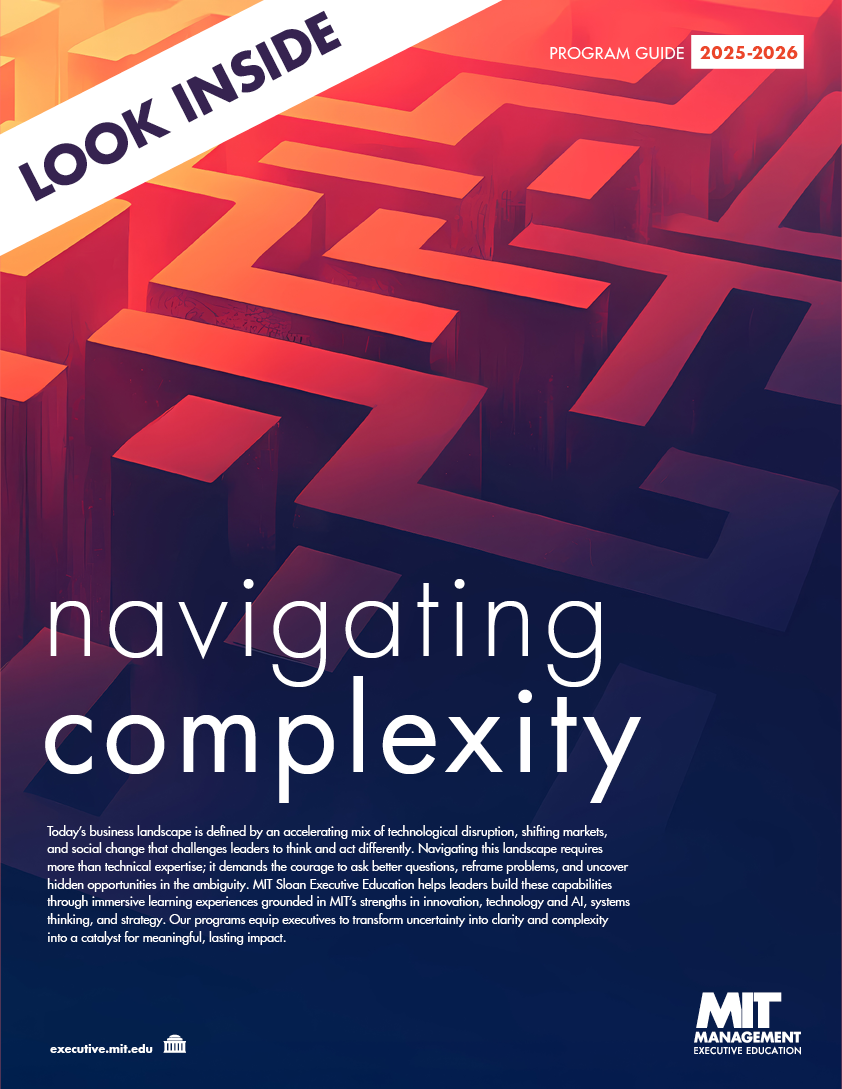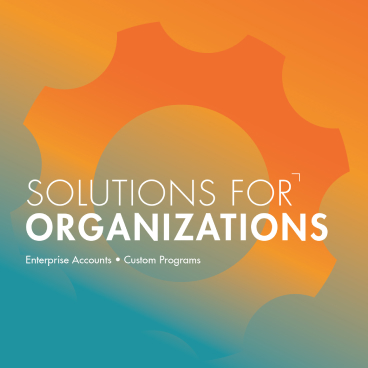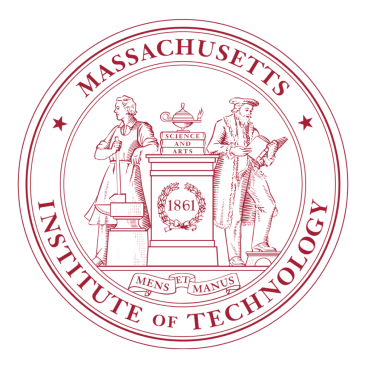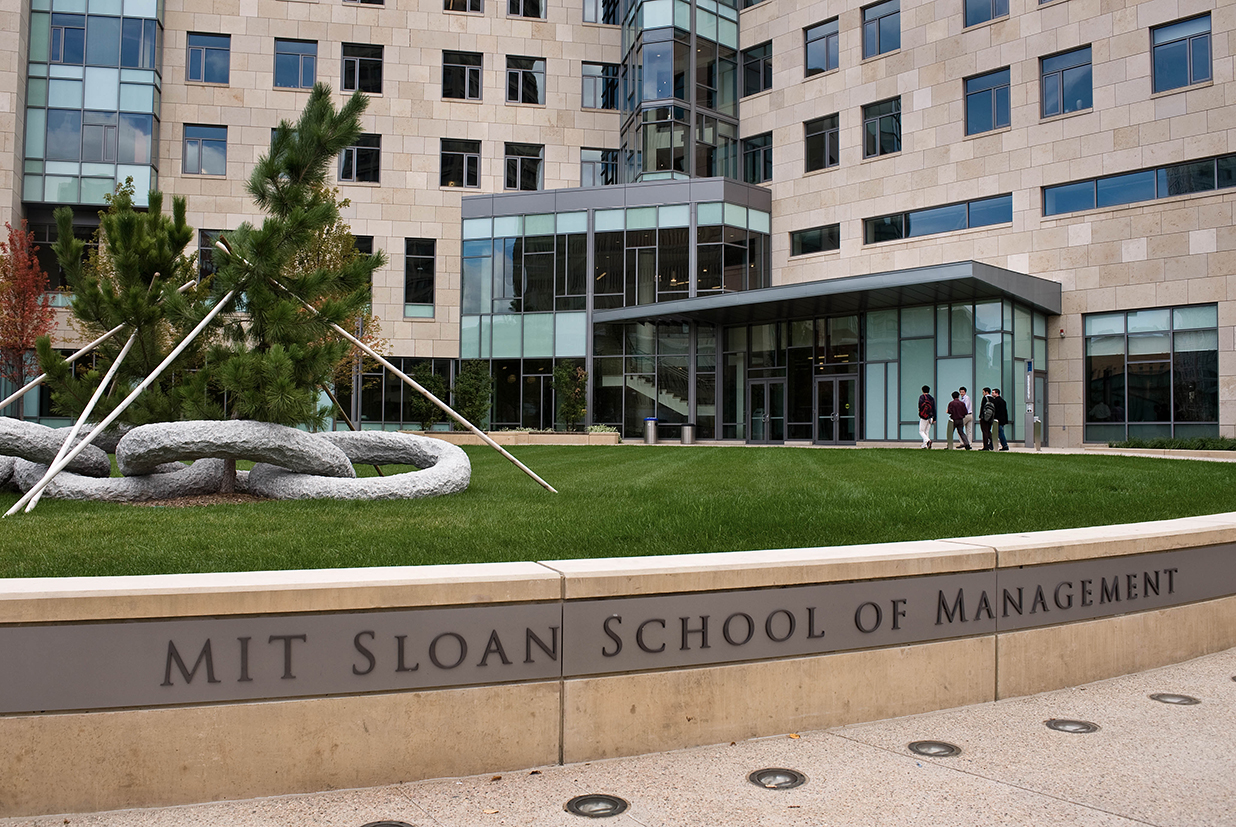The Client: Endress+Hauser
Endress+Hauser is a leading provider of industrial process measurement and automation solutions. Founded by an engineer and a banker in 1953, the Swiss-based firm has grown into a global powerhouse with production centers on four continents and a 17,000-strong workforce. Yet despite its size, span of operations, and multi-billion-euro revenues, Endress+Hauser is also a part of Mittelstand—a traditional type of private, family-owned company typical in German-speaking countries that focuses on specialized products or services. These organizations form the backbone of the economy, but they are not immune to market pressures.
By the mid‑2020s, the firm faced a two‑sided challenge. First, the company’s new planning program, Strategy 2027+, demanded a stronger shift from selling individual instruments to offering end‑to‑end, digitally enabled solutions and services to customers. Doing so would require faster innovation, sharper customer‑experience capabilities and the capacity to scale far beyond the company’s traditional engineering core. Second, many long‑tenured senior leaders were approaching retirement. “It’s the kind of business with a lot of deep knowledge,” explained Court Chilton, Program Director at MIT Sloan Executive Education. “They needed the next generation of leaders ready to step up.”
Matthias Altendorf, at the time the company’s CEO and now President of the Supervisory Board, had participated in MIT Sloan’s Advanced Management Program (AMP) in 2015 and stayed closely connected to the Institute. Having seen the breadth of systems‑thinking and innovation expertise available on campus, he proposed a custom learning program with MIT Sloan Executive Education. After evaluating several universities, the company chose MIT to anchor an 18‑month senior‑leadership experience called Leadership Journey 2. “People come into the program with this very high expectation because of the name and the reputation that the school has,” pointed out Scott Gilbert, Head of People Attraction & Development at Endress+Hauser.
The journey begins with a week‑long immersion at MIT each January, where twenty senior executives, one or two rungs below the C‑suite, work intensively with faculty on systems thinking, customer‑journey design, AI, digitalization, big‑data analytics, agile innovation and enterprise‑level leadership, among other topics. Participants arrive in Cambridge, Massachusetts, inspired by the methods and approaches introduced at MIT, the cohort breaks into cross-functional project groups to collaboratively tackle strategic topics the company is currently facing. This approach not only reinforces the MIT learnings but also serves to increase cross-business cooperation.
From MIT, they travel to Chamonix in the French Alps for a reflective module focused on personal leadership, mindfulness, and resilience, before reconvening 18 months later in Basel, Switzerland, to present a personal “leadership thesis.” MIT Sloan faculty remain engaged throughout, reviewing milestones and providing virtual coaching as projects evolve.
Altendorf valued MIT Sloan Executive Education’s willingness to co‑design the experience around the firm’s specific objectives. “It's important that you are clear in your objectives. If you know what you want, it’s easy for the MIT team to tailor to your needs,” he said. “We got the best package out of it.”
“We created a group of people who deeply trust each other. That’s a nugget competitors will find tough to replicate.”
Participants describe personal transformation as well. “For me, it was about the actionable knowledge,” said Carlos Behrends, Corporate Sales Director, South America. “I felt there were a lot of things that you can really relate to the work and come back to them when you are doing different things and facing different challenges.”
Christine Koslowski, Director of Intellectual Property Rights, shifted from reactive support to a proactive strategic partner, using systems tools to align IP strategy with digital initiatives. “In this program, I've understood through the collaboration with the colleagues, but also learning about how systems work and thinking about user experiences, that these principles also apply to us,” she reflected. “We can provide much more value to the company when we leave our expert silo.”
John Schnake, General Manager for Process Analyzers, credits the “capability trap” framework for helping him balance personal wellbeing with organizational performance. Work design was another key concept that stood out for him. “I am a process thinker, so it's normal for me to think in inputs and outputs, but how to structure the work to match the intent of what we're going to do is interesting for me,” he shared. “We need to do more of that at our company, at our division. Sometimes we're just doing too much, and we just sometimes have to do less.”
Gilbert sees concrete cultural change: “Agile project management has become more prominent. Business units asked for formal training, and L&D has now built a company‑wide framework.”
The program’s value to the organization is clear. Execution of Strategy 2027+ is well underway: Projects launched at MIT are being tested, adjusted, and adopted across business units, keeping the strategy on schedule and, in some areas, ahead of plan. Leadership pipeline is secured: High‑potential executives now follow a clear development pathway that blends scientific rigour with reflective practice. Culture of experimentation has taken root: Terms like minimum‑viable product, customer‑journey mapping, and X‑teams have been further embedded into the company vernacular, reducing reliance on waterfall decision‑making. The global peer network is stronger: deep bonds formed in Cambridge, Chamonix, and Basel accelerate collaboration across geographies and functions, enhancing customer responsiveness and innovation velocity.
Over five years, the entire top‑100 leadership cadre will have gone through this executive education program, ensuring that the company’s future C‑suite speaks a common language of systems thinking, customer‑centric innovation, and pragmatic agility. Endress+Hauser’s collaboration with MIT Sloan Executive Education shows how a carefully engineered learning experience can simultaneously advance strategic initiatives and build the leadership muscle required to sustain them—ensuring that a market leader remains ahead of the curve well beyond 2028.
Read about Matthias Altendorf’s experience in MIT Sloan’s Advanced Management Program.








